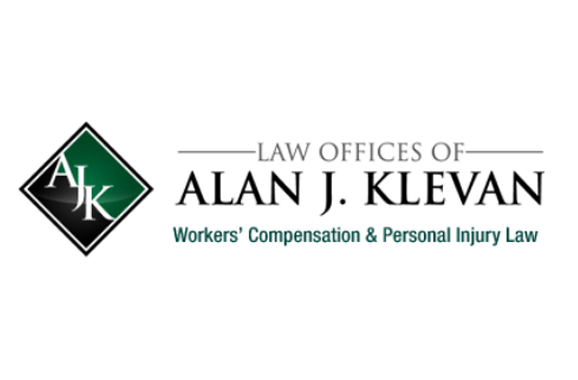ADA Website Accessibility Webinar
ADA Website Accessibility Webinar
Every Visitor Deserves the Same Access
Ensure your firm’s website & digital services are accessible to people with a range of disabilities.
Decrease your risk of being sued for website accessibility issues.
ADA Website Accessibility FAQs
Website accessibility is the measure of something’s usability by someone with one or more disabilities. This can include visual, auditory, physical, speech, cognitive, and neurological disorders.
The Americans with Disabilities Act (ADA) is a civil rights law that prohibits discrimination based on disabilities in all areas of public life. The Act guarantees equal opportunity for disabled individuals in public accommodations, employment, transportation, state and local government services, and information and communications technology.
As an ADA website accessibility audit company that has been servicing attorneys for nearly two decades, we help law firms ensure their digital presence is accessible to those with all types of disabilities.
The Web Content Accessibility guidelines are a set of highly technical specifications that can be used to improve the accessibility of websites and web content. For each guideline, there are testable success criteria, which fall into three compliance levels: A, AA and AAA.
ADA website accessibility accommodations often involve improving the site’s design and functionality to ensure it is accessible and user-friendly for all individuals, including those with disabilities. Here are some examples:
- Text Alternatives: Providing text alternatives for any non-text content so it can be converted into other forms, such as large print, braille, speech, or symbols.
- Alternative Text for Images: Including alt text for images so screen reader users can understand the content and context of the image.
- Closed Captions and Transcripts: Offering closed captions or transcripts for audio and video content to support users with hearing impairments.
- Keyboard Navigation: Ensuring all website functionalities can be accessed using just the keyboard, which is especially beneficial for people with mobility impairments.
- Contrast Ratio: Guaranteeing sufficient contrast between text and background colors to aid individuals with visual impairments.
- Resizable Text: Enable users to resize text without assistive technology to up to 200 percent without losing content or functionality.
- Predictable Design: Making sure web pages appear and operate in predictable ways, reducing confusion for users with cognitive disabilities.
- Error Identification: Providing clear and specific error messages to help users identify and correct errors easily.
These are some of the many ways a website can make accommodations to be ADA compliant, making the web a more inclusive place.
Ready to
Get
Started?





